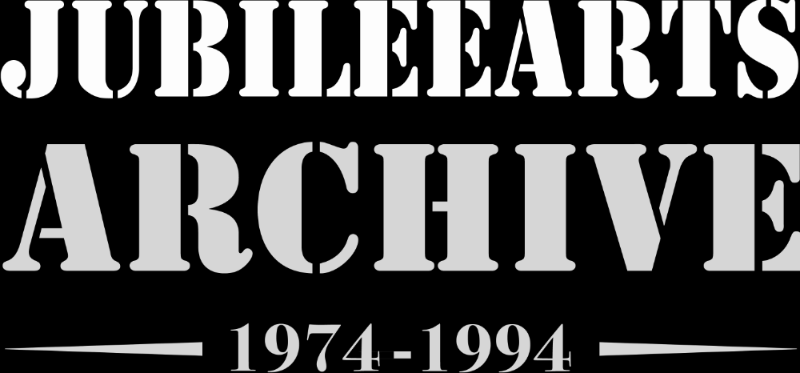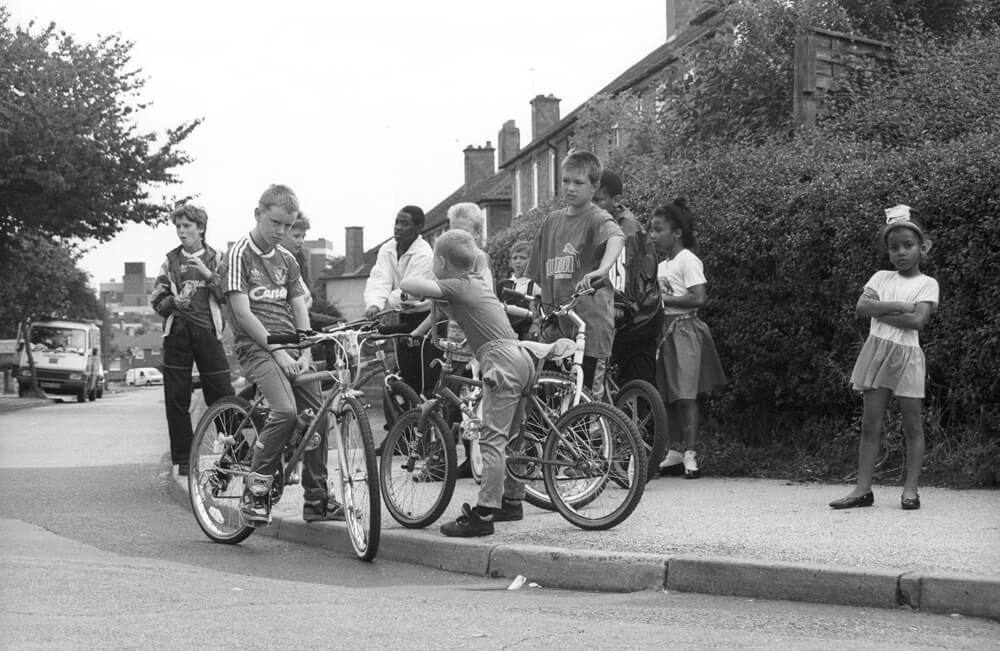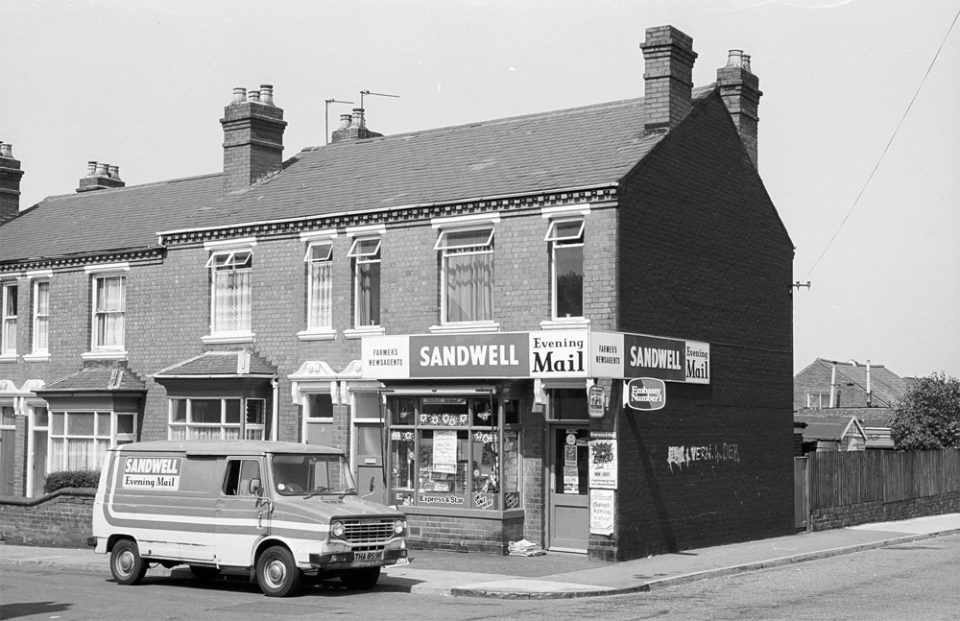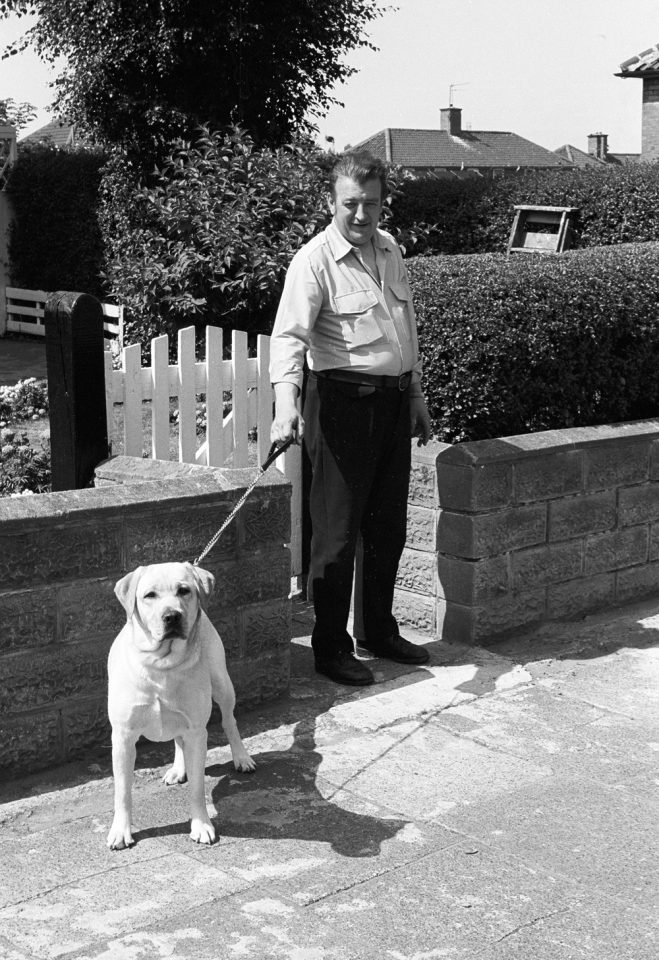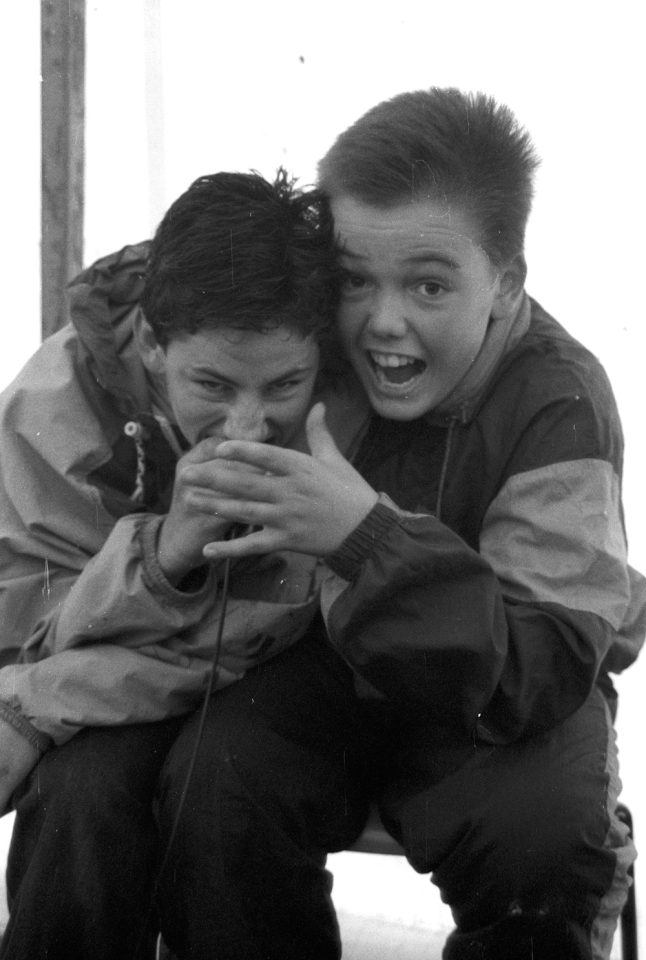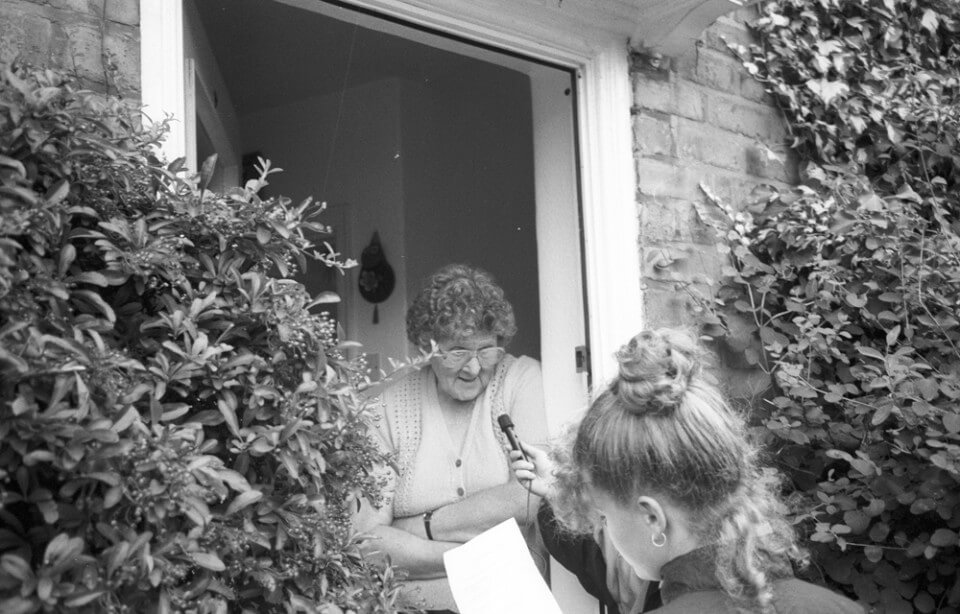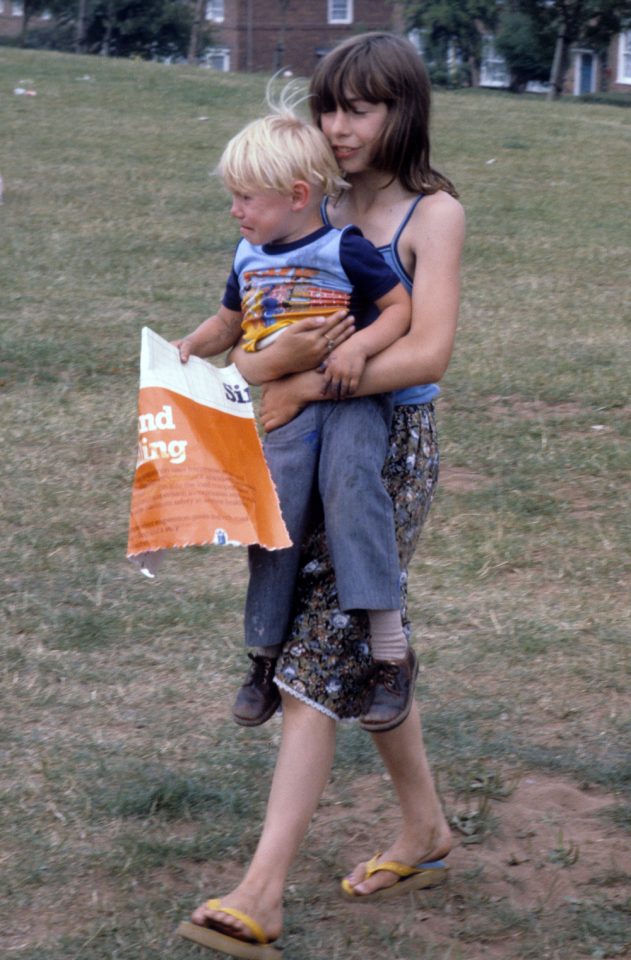Tantany estate was West Bromwich’s first council housing development in the 1920s, built upon a disused colliery, the bulk of those pre-war houses still existing.
Beverley Harvey recalls working with local youth on the estate in 1991: “There had been a growing number of complaints to the police and the council about young people ‘hanging about and causing trouble’ on the Tantany. This estate was a residential area adjacent the north-east end of the high street. A survey undertaken by Sandwell Racial Equality Council identified a number of ‘hot-spots’, in particular under a bridge that was the main gateway to the estate. SREC were concerned about a rise in racial abuse and tensions between black and white youth in this area. Jubilee had earned a reputation for addressing sensitive issues through engagement with the arts and working alongside identified perpetrators. It was for this reason that Sharam Gill from SREC approached Jubilee, and in particular myself. After a few meetings, I came up with the first phase of an engagement plan. In those days we had coined the phrase ‘quick and dirty’ to describe an initial proposal – that really meant casting the net out and seeing what happens. When I first met with various groups of young people living on the estate, at the local school hall, Sharam introduced me as an artist and they certainly didn’t show much interest or enthusiasm. I said that I wanted to work with them and document the estate in order to propose improvements in the area for them and that they would be best placed to do this. I offered them access to cameras so they could take their own photos of places that meant something to them, places that they thought to need developing or changing in some way, places they liked and disliked. I deliberately never mentioned anything about the reports of violence or the racial assaults that I knew existed; neither did I react to the scornful glare of, as I discovered later on, one of the perpetrators – who would only answer to the name of ‘Danger’.
We planned a series of workshops. Because of the initial distrust and tension, these were at first separate workshops for Black, Asian and White youth. All were based on the same topic, ‘Living on the Tantany’. Each of them were given cameras to document their area. Over several weeks it could be seen that the different groups had photographed the same places and had made similar comments about the area. For example, all the youth had shown respect for Mr Patel who ran the only shop at that time on the estate and who had known all of them as they grew up. Each young person was also given a tape recorder to record other residents on the estate speaking about the area. In this way a meaningful interaction between the youths themselves – and with the adults on the estate – slowly began to take place. As the photographs were being printed and comments on the relating to their imagery displayed, the young people became more enthused and began to talk in more detail about problems they experienced locally. It was at this stage issues of violent activity on the estate came to the forefront. Following this, I then brought the groups together so they could talk about their photographs and suggested making an exhibition with this material to share their views more widely. As for the rivalry, I noticed a number of the young people began to distance themselves from a small number of their peers. They talked openly about how they hated hurting other people. They would alert me to signs and materials that would be seen as offensive, they talked about peer pressure. As they grew stronger and more confident the groups began to work and laugh together. Only one member felt uncomfortable, as he had no control over the group.
The photographs prompted a new discussion not simply about who lives on the estate, but what can be done to make it safer and better. The first important thing was the bridge area; it was poorly lit, if at all, but a place where the youths would meet and gather. It offered shelter on wet days. To them, it was a landmark. However elderly residents were terrified of walking under the bridge because in their mind nothing good ever came from groups of young people loitering. One issue that came from the young people was a lack of information – nobody knew what was going on. Another was there were no youth facilities at all, not even a single youth worker on the estate. This part of the project culminated with an event on the Jesson playing fields to display material and capture more views from the residents. The young people organised the event and security was very tight – as this, they told me, they were very good at. A project was set in place to produce a local notice board and a newspaper to build on the positive communication that had transpired as a result of the young people getting involved. A detached youth worker was put in place; and town planners agreed to put lighting under the bridge.”
